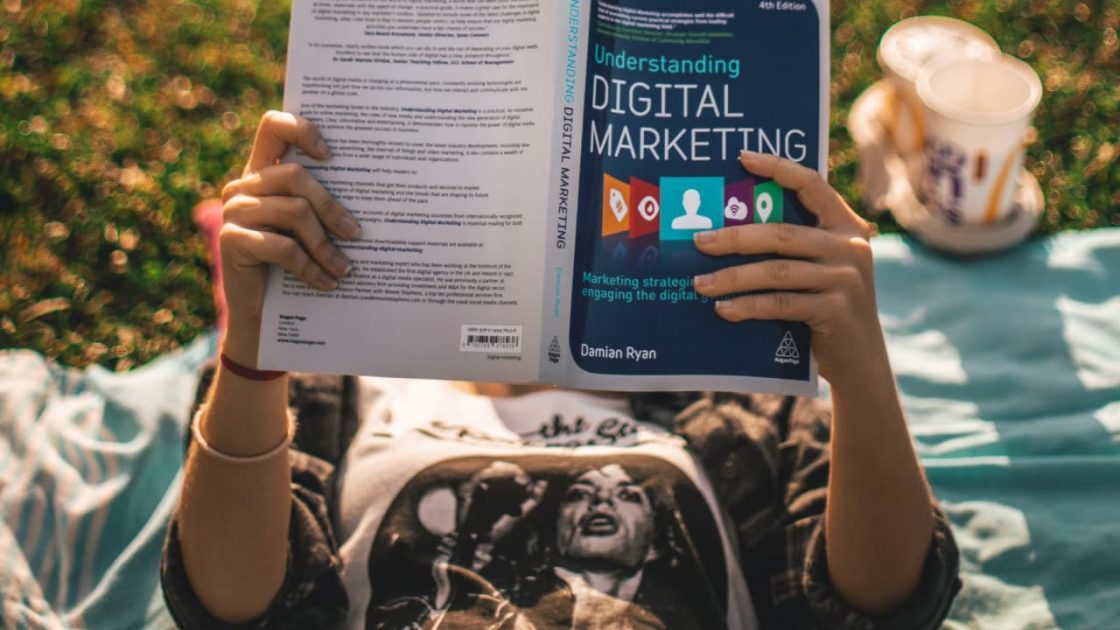
Native advertising, traditionally known as sponsored content, is online advertising that uses content which matches the form and function of the channel it’s published on. Since 29% of respondents describe traditional display ads as a distraction, it’s once again proven that content is king. If you want to increase your audience’s engagement, native ads are the way to go. Follow these steps to optimize your campaigns and ensure your native ads succeed.
1. Define Your Audience
First, identify and document your buyer personas. Before you start creating native ads, make sure you know who your ideal customers are. Ask yourself such questions as where are your customers from, what age group do they represent, what are their interests and what challenges do they face. Additionally, make use of some online audience analytics tools as Capsulink and Google Analytics to gain deeper insights into your customer behaviour.
2. Pick The Right Media
After you have identified your target audience, you need to choose the right channels to reach them. Do not only think about the popularity of the media channels. Consider also whether your ideal customer is the target reader of the channel. Additionally, think about your budget, the type of content you’re planning to create, as well as your brand and how your product or service fits the publisher in question.
3. Create Engaging Content
Valuable, personalized and intriguing content will engage your audience and motivate them to learn more about your brand. So, first of all, make sure you choose topics that your audience is generally interested in. Furthermore, use some attention-grabbing images and, where appropriate, add dynamic headlines. Remember, it’s all about creating a valuable experience to your audience.
4. Match The Editorial Standards
Although native ads are paid promotion, you can afford to create content that’s done poorly. Make sure your copy fits in with other publications on the site. Consider your tone of voice as well as the overall look of your native ad. Keep in mind that you should aim for readers to consume your native content without noticing differences from other content on the site.
5. Monitor and Optimize
Once you’ve gone through the previous steps, it’s time to examine what worked well and what didn’t. Make sure you decide beforehand what you’ll be keeping track of. Whether its visitors on your landing page, new leads, newsletter sign-ups or brochure downloads, gather as many insights you can and use this knowledge for your next campaign.





